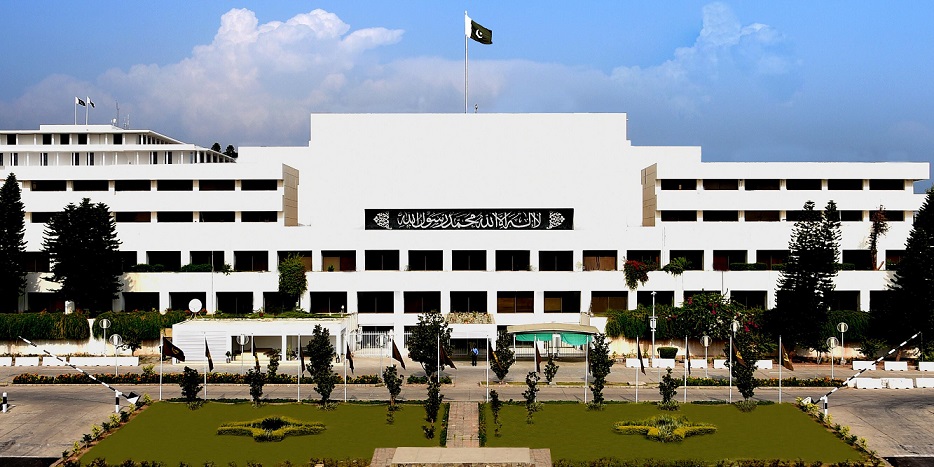- Islamabad
- 33.7°C
- Today ( Tuesday, 3 June 2025)
The Glorious Epoch of Roman Theatre: A Storied Legacy of Spectacle, Drama, and Innovation
The annals of theatre history are adorned with the grandeur of Roman performances, a cultural phenomenon that left an indelible mark on the ancient world. From the heart of Rome to the far reaches of the empire, the Romans elevated theatrical expression into a vibrant art form that embodied the essence of their society. A Colosseum of Entertainment: The Grand Stages of Rome In the sprawling metropolis of Rome, grand amphitheaters and theatres stood as architectural marvels, testaments to the Romans' passion for spectacle. The Colosseum, an iconic symbol of Roman engineering prowess, served as the epicenter of gladiatorial combat, where the roar of the crowd mingled with the clash of swords and the thunder of chariots. Parallelly, the Theatre of Pompey, among others, showcased the prowess of Roman playwrights. Unlike the Greeks, who preferred open-air theatres, the Romans embraced a more enclosed architectural style, fostering an intimate connection between the audience and the performers. Dramatic Triumphs: The Plays of Ancient Rome Roman theatre flourished with a diverse array of plays that mirrored the society's multifaceted interests. Comedies, tragedies, and satires unfolded on the stage, often drawing inspiration from Greek classics while infusing them with a distinctive Roman flair. The comedies of Plautus and Terence, characterized by witty dialogue and farcical situations, brought laughter to the Roman populace. On the other hand, Seneca's tragedies delved into the darker recesses of human emotion, influencing later dramatic traditions during the Renaissance. Theatrical Innovation: Masks, Music, and Spectacle The use of masks, a tradition inherited from the Greeks, played a pivotal role in Roman theatre. Actors donned elaborate masks to portray specific characters, amplifying the emotional range of their performances. Music, too, became an integral part of Roman theatrical productions, enhancing the atmosphere and emotional impact of the plays. Beyond traditional plays, Romans embraced spectacles such as chariot races, mock sea battles, and animal hunts, blurring the lines between theatre and public entertainment. The desire to amaze and awe the audience became a driving force behind the grandiosity of Roman theatrical productions. Enduring Legacy: Influence on Western Theatre The legacy of Roman theatre extends far beyond the borders of the ancient empire. Roman theatrical conventions, architectural innovations, and dramatic traditions have left an indelible mark on Western theatre. The use of arches, vaults, and other architectural elements pioneered by the Romans became foundational to later theatrical spaces. The enduring impact of Roman theatre is evident in the continued exploration of classical themes and forms in contemporary drama. As playwrights and directors draw inspiration from the grandeur and creativity of ancient Rome, the spirit of Roman theatre lives on, resonating through the ages. In the grand tapestry of human creativity, Roman theatre stands as a testament to the power of spectacle, drama, and innovation—a legacy that continues to captivate and inspire generations of theatre enthusiasts worldwide.
-
As the upcoming elections draw near, Pakistan finds itself in the midst of a political whirlwind, with the major players employing various strategies to secure their positions. The dynamics are as unpredictable as ever, showcasing the intricate web of alliances, betrayals, and...
-
Luis Rubiales, the ex-president of the Spanish football federation, has been handed a decisive three-year ban by FIFA in response to his controversial behavior following the Women's World Cup final. The ban comes in the wake of reports detailing inappropriate conduct to...
Get Newsletter
Subscribe to our newsletter to get latest news, popular news and exclusive updates.
























Facebook Comments